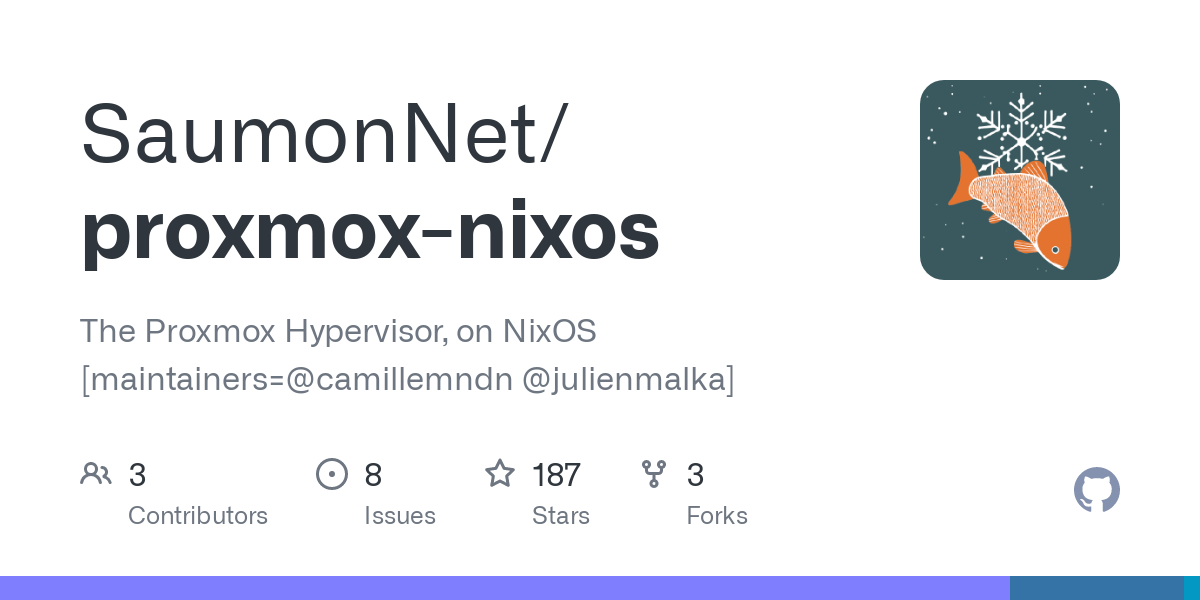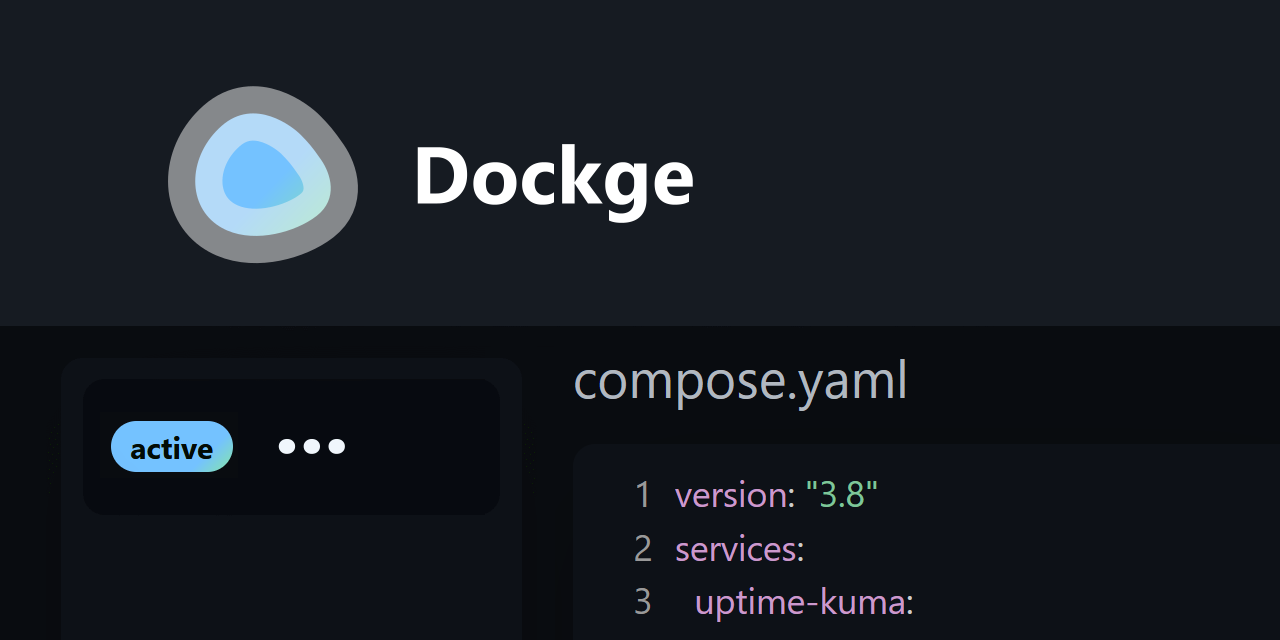- 3 Posts
- 42 Comments

 7·9 months ago
7·9 months agoTorrents are pretty much perfect, but are held back by peoples slow internet connections. If ISPs provided symmetrical connections (e.g. 100MBit/s down and up) P2P file sharing would be everywhere.
Sadly most providers in Germany heavily favor download speed. E.g. a friend of mine has fiber optics 250MBit/s down and 50MBit/s up. That’s a 5:1 ratio!
PS: Symmetrical connections would also be great for other use cases. E.g. simple, e2e encrypted P2P video conferences.
Currently in video calls with more than a few people, a device sends it’s video stream to a server which then sends it to all other participants. This increases cost for Zoom/Teams which then get passed to it’s users.
The better solution would be for each device to send it’s video stream to all other participants directly (p2p). This would result in video stream bandwidth times the amount of participants (e.g. 5mbit x 10 participants = 50mbit/s up).

 8·9 months ago
8·9 months agoI’ve enabled auto redirect from twitter to nitter and never bothered to disable the no longer working redirect. Hopefully people switch to some platform with open API access (or rather, a federated platform)

 4·9 months ago
4·9 months agoManually configuring wireguard might work and protonvpn provides config files [1]. It’s unrelated to the issue, but wireguard additionally supports port forwarding which increases download speeds for torrents.
I’ve no idea why the network isn’t showing up.

 7·9 months ago
7·9 months agoThe movie-web addon needs quite a bit of permissions. [1]
Edit: If it actually needs access to many websites/domains it’s better to set the permissions explicitly for each of them like MALSync does. [2]
This add-on needs to:
- Block content on any page
- Access browser tabs
- Access your data for all websites
This add-on may also ask to:
- Access your data for all websites
[1] https://addons.mozilla.org/en-US/firefox/addon/movie-web-extension/
[2] https://addons.mozilla.org/en-US/firefox/addon/mal-sync/

 5·9 months ago
5·9 months agoIt’s less of a problem to link to solutions to a more general problem than specific shows/movies. Copyright holders are more likely to take action if they find their content directly mentioned and linked to.

 8·9 months ago
8·9 months agoWhether a device is wired or on wifi matters on some routers, because some routers have wifi and wired devices on different subnets by default. It’s unlikely, so I wouldn’t worry, unless you notice accessing it only works wired.

 10·9 months ago
10·9 months agoAs a middle-ground, I think it’s enough to only sync the community name and user count and maybe the description. More isn’t shown in the search anyway and those 3 data points shouldn’t take too much storage.
Syncing name solves the problem of communities not showing up. The problem with only being shown posts in a community someone on the instance has already subscribed to is more difficult, as you wrote.

 5·9 months ago
5·9 months agoIf you’re concerned about privacy, you could build your own NAS. It’s more work, but also more powerful for the money. Wolfgang’s Channel on YouTube has quite a few videos about low power diy home server.

 2·9 months ago
2·9 months agoA regular capture card will adhere to the HDMI DRM HDCP, which means it’ll only record a black screen. As you guessed, there’re capture cards which either don’t implement HDCP (unlikely for major brands), or which have been hacked and can be flashed with custom firmware.
I’ve read OBS on Windows also only records a black screen, at least with hardware encoding enabled (NVENC, AMF, Quicksync also implement DRM as part of the driver). Software encoding might work.
As always with content: If it’s on your device, it can be copied.
PS: Now I remember Crunchyroll also uses Widevine, but I’ve seen it streamed over Discord. So either Widevine L3 doesn’t prevent recording, or it doesn’t work in Firefox, or Discord doesn’t use hardware encoding on Windows (unlikely), or something in my comment is wrong information -> Disclaimer, I’m just repeating from memory what I’ve read.

 10·9 months ago
10·9 months agoRoku is really locked down, which allows them to control what users can do. This means DRM is more powerful on Roku Linux, than on desktop Linux. Same is true for Android. Not allowing Linux makes sense from the rightholders standpoint (just like it makes sense for me to pirate).

 7·9 months ago
7·9 months agoOn Windows Microsoft/Nvidia/AMD sign their graphics drivers, which guarantees the DRM that the content isn’t recorded on the system.
Disclaimer: The following is my understanding from reading things here and there. I’m a layman on this topic, so please don’t quote me.
On Linux drivers aren’t designed to prevent users from recording on their system, so the DRM doesn’t play high quality content. Also, because drivers aren’t directly provided and signed by MS/NV/AMD, there’d be no way to prevent users from patching the graphics drivers to allow recording again.
That is, if DRM support was implemented in the driver, which it won’t, because there’s no interest and the current distribution model makes it near impossible.
tl;dr
DRM is (always?) closed-source, else it could be easily circumvented. The Linux driver/desktop stack isn’t designed to prevent users from accessing content played on their own device, so rightsholders disallow playing high quality content on Linux.
PS: I’ve noticed on Amazon or Netflix some shows are higher quality than others on Linux. I guess this might be due to rightsholders requiring different Widevine levels for the same quality.

 75·9 months ago
75·9 months agoUsing Linux means DRM protected content either plays in terrible quality or in RakutenTV’s case not at all. Netflix is limited to 720p with low bitrate and Amazon limits to ~540p.
Changing user agent doesn’t work because it’s the DRM who decides whether the OS is supported.
Linux users have to decide between low quality legal streaming services, or piracy with high quality. It’s not a difficult decision for me and my giant HDD.
Edit: I forgot the third option: streaming sticks (Roku, FireTV).

 2·10 months ago
2·10 months agoIn some countries making a private copy isn’t legal if copy protections are in place. Even if those copy protections are useless.

 12·10 months ago
12·10 months agoGitlab.com also follows takedown notices, as do all other hosters based in a jurisdiction with similar rules.
Edit: The devs could send a counter-notice and reinstate their Github page, but that’d open them up to a lawsuit, for which they likely don’t have the resources. It’s the same situation as tge takedown of Tachiyomi.
But I agree, hopefully switching to another code host will solve the issue for the time being.

 151·10 months ago
151·10 months agoIirc Plex supports transcoding for downloads, while Jellyfin only allows downloading the original file. But I’ve heard transcoding downloads is broken on Plex, so ymmv.
Intro skip is only available as a plugin on Jellyfin.
Also, Findroid has a better ui and supports downloads, while the official app has more features (ie. settings/admin panel).

 9·10 months ago
9·10 months agoJellyfin is great and open source. I’ve never tried Plex, but I’ve heard that Plex has apps on more platforms.
Also, I’d recommend checking out Findroid if your on Android. Its UI is native instead of the usual web interface in the official apps. Iirc iOS has a similar project.

 16·10 months ago
16·10 months agoLarge hard drives aren’t free of cost either.

 5·10 months ago
5·10 months agoIt’s a fork, done by a previous Tachiyomi developer and maybe a TachiyomiSY developer too. So it’s partly a publishing team change, as the main developers are different.
Since Mihon is exactly the same as Tachiyomi, besides changed branding and requiring Android 8+, it’s also a rebrand.
Edit: It’s also functionally exactly the same software.

 11·10 months ago
11·10 months agoKakao (hopefully) won’t get to know the real names of the developers, which will prevent them from suing the devs personally.
They could try to DMCA claim the repo, but Tachiyomi is completely legal, so hopefully Github won’t take it down. Github previously helped youtube-dl after they got DMCA notices.



Immich has breaking changes too often, so I disabled auto updates for the server and phone app. Updating every few months with backup beforehand is a good tradeoff for something as important as images.
Reading patch notes is especially important with some Immich releases requiring minor admin intervention, e.g. running an extract metadata job.